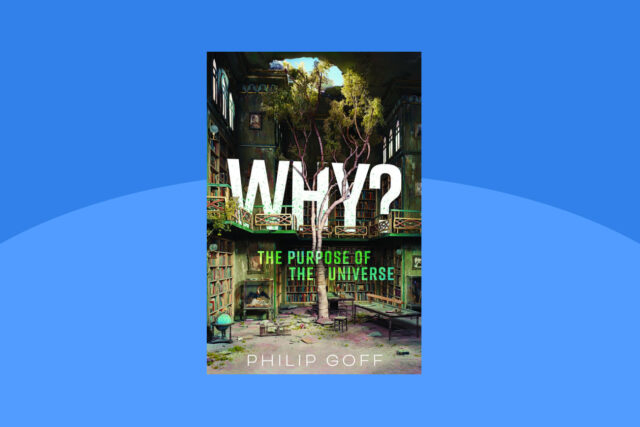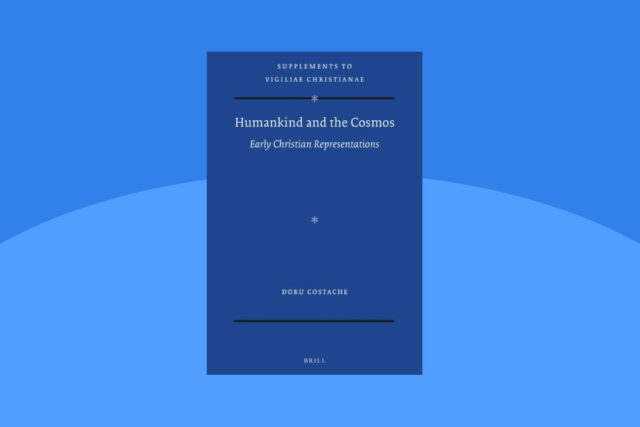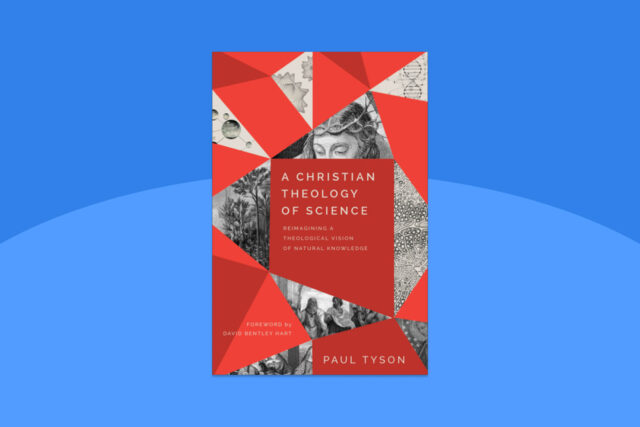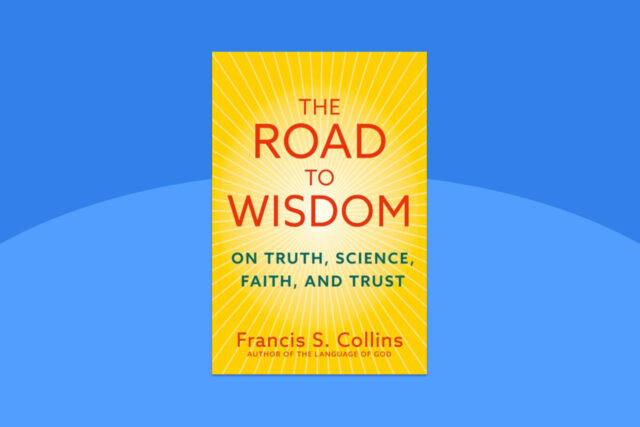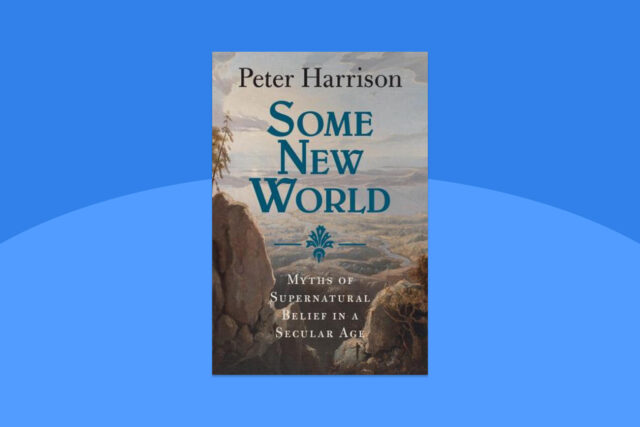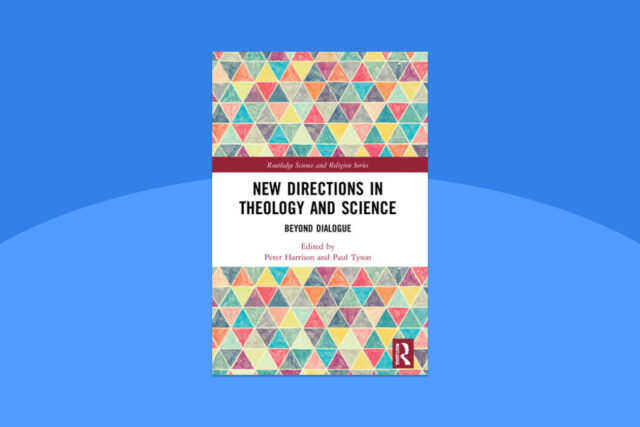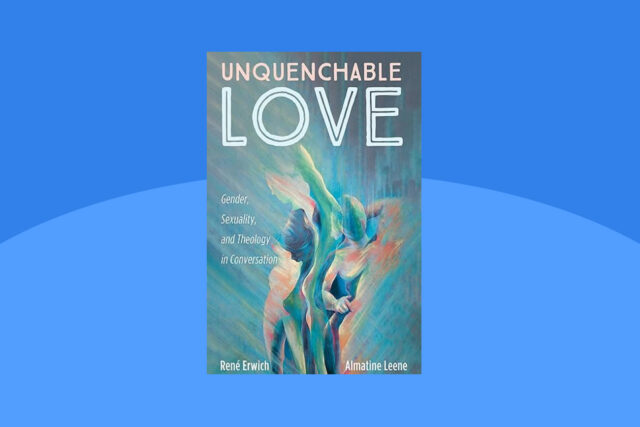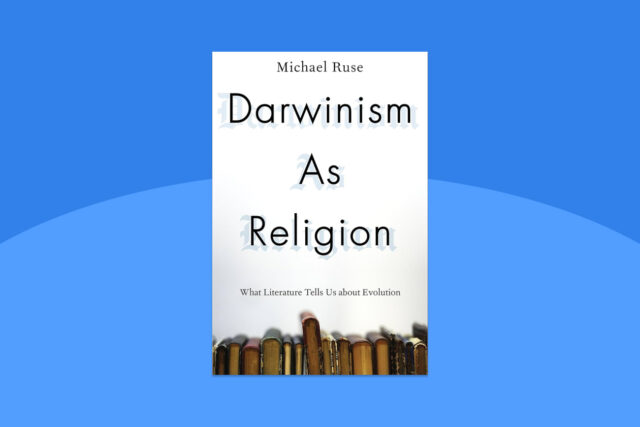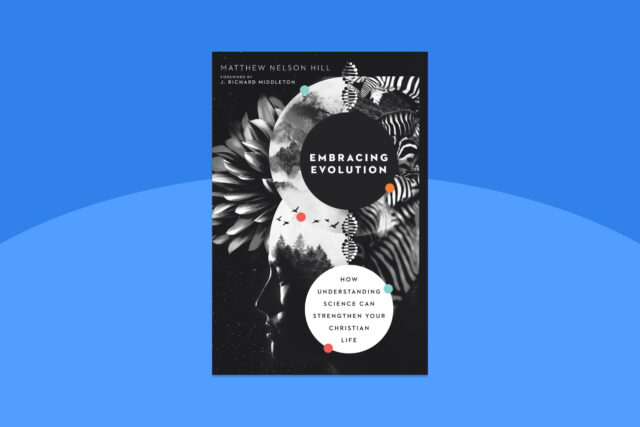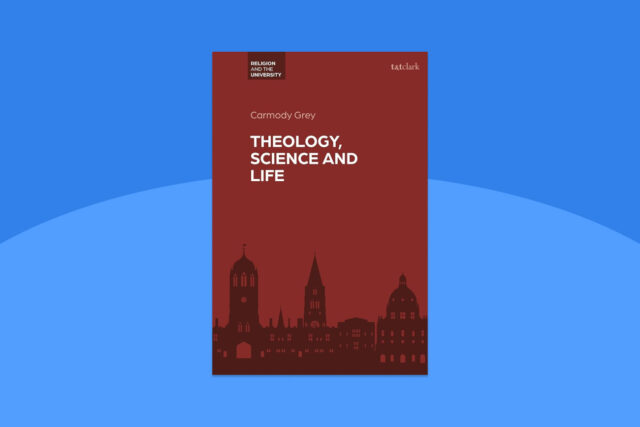
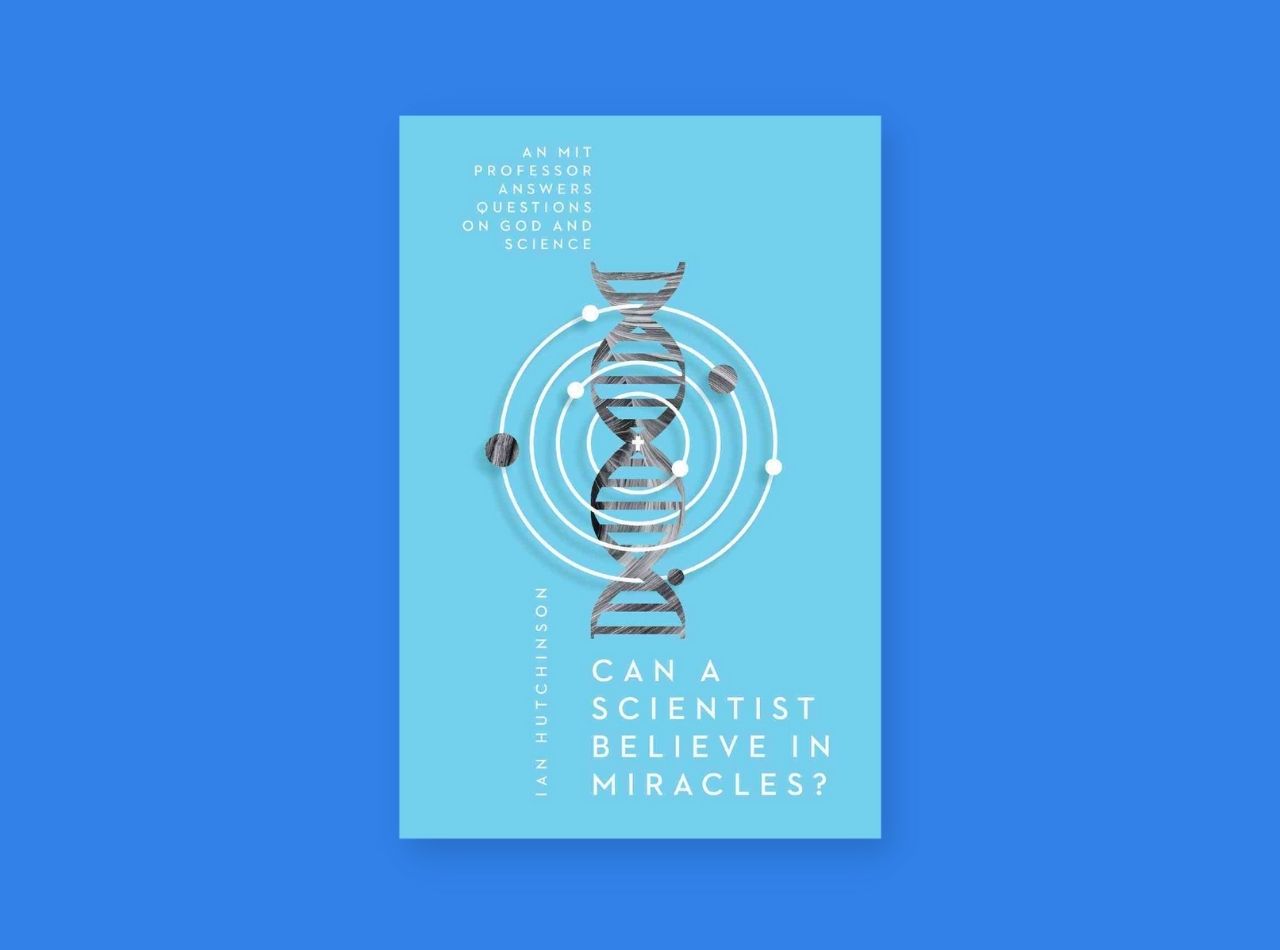
Book review by D. Gareth Jones, June 2022
Can A Scientist Believe in Miracles? An MIT Professor Answers Questions on God and Science
By Ian Hutchinson
Downers Grove, Illinois: IVP, 2018
ISBN 9780830845477, 288 pages, 1st edition, paperback
AUS$29
I have to admit to being slightly mystified by the title of this book, expecting the author to spend his time analysing the place of miracles in the Bible in general and Jesus’ ministry in particular. This is partly true, but the subtitle is far more helpful: An MIT Professor Answers Questions on God and Science. Ian Hutchinson is Professor of Nuclear Science and Engineering at MIT, and for many years has been involved in the Veritas Forums in the United States. The aim of these is to provide an opportunity for university students of all beliefs, from Christian to atheist, to question established thinkers on a wide array of challenging issues. The expectation is that the speakers will provide academically rigorous input to whatever questions are thrown at them by the audience. The big questions of life are addressed in the context of the academy, something not usually found in the regular academic curriculum.
This is precisely what is provided in this book by Ian Hutchinson, who is English and a Cambridge University graduate, but who has spent the bulk of his academic career in the United States. The book contains his answers to over 200 questions asked of him in the Veritas sessions. Their subject matter is nothing if not broad. Won’t science eventually explain everything? Isn’t faith opposed to critical thinking? What reasons are there to believe in God? What is the difference between science and scientism? Is there intelligent design? What are miracles? Does the Bible teach science? Is God’s existence a scientific question? Could a good God permit so much evil?
The result is a superb expression of a deeply committed scientist bringing to the table the wealth of his scientific expertise, all with openness and unabashed honesty. He is prepared to tackle everything raised by the students, and he refuses to duck even the most difficult and opaque of issues. He is prepared to say when he does not have what he thinks is a satisfactory answer, and also when he thinks there is no ready explanation. For instance, the problem of evil inevitably raises its head, and while he is prepared to be agnostic on some aspects of this, he does not allow atheists any slack and points out that evil creates perplexities for them as well.
The book is worth reading for Hutchinson’s understanding of the way in which science works; he has a deep appreciation of the power of the scientific method and also of its limitations. This sets him up very well for seeing how science and faith interact, and the boundaries of each. This is also exceedingly useful when he delves into evolutionary thinking, archaeology, the age of the earth, and the long history of the universe. He is at ease in knowing where the boundaries of science are to be drawn, and in sketching the demarcations between scientific evidence and the mechanisms of science, and philosophical speculation in the guise of scientism. Time and again what comes through is his clarity of thinking and his common sense. His chapter on cosmology, the multiverse, and intelligent design is a model of his approach, unencumbered as it is by metaphysical and speculative theorising. So is the chapter on miracles.
The author is equally critical of the use made of substance dualism by some Christian writers, as though the Bible teaches the survival of immaterial souls. For him the Bible teaches the resurrection of the body, and that our life with God will involve a new embodiment as opposed to the persistence of a separate soul. His solid grasp of philosophy helps him resist the inroads of determinism and reductionism, and allows him to steer clear of any suggestion that human beings are “nothing but” physical machines. His critical and analytical analysis of neuroscientific issues allows him to clear away a great deal of what is so often confused and obfuscating in the views of a host of other writers. His everyday faith comes through at all points, preventing him from becoming arid and unduly theoretical.
The format of the book allows Hutchinson to provide many gems, such as the hindrance created by individualism for both science and religion. The book is worth reading for some of these gems, as it is for Chapter 6 on scientism, and the importance of non-scientific knowledge, with its final sentence: “science in [sic] not all of real knowledge; nor is scientific evidence all of real evidence.”
He is never afraid to say that he might be wrong, and that this is a call to repentance and acknowledgement of one’s sins. How delightful to hear this in the midst of such an erudite series of expositions, especially with his explicit acceptance that both scientists and Christians can be wrong and even charlatans. Throughout though, he strongly advocates for the place of religion in a world dominated by science, particularly when religion should be contributing to moral debate.
One area not covered by the questions and responses in the book is biomedicine and bioethics. This is perhaps inevitable for someone whose expertise is in physics and the general science–faith domain. It is also good that he does not get entangled in the fraught controversies around the embryo. He does mention embryonic stem cells but says little about them.
The vast span of topics covered in this book might be seen as a disadvantage, since any one reader will not wish to go into all of them in depth. Nevertheless, this is a minor quibble for what is an outstanding example of the best scientific thinking by someone with a thorough grounding in the Christian faith and theological thinking. Oh, for more scientists like Hutchinson who bring the best in scientific attitudes and approaches to their Christian faith, and are not beholden to the straightjackets imposed by some conservative Christian mindsets.
The ideal readership for this book is advanced undergraduates and postgraduates, plus anyone else wanting serious analyses of questions facing the contemporary faith community. The book could well be used as a pre-evangelistic tool because Hutchinson clears away a great deal of garbage that clutters thinking in today’s universities and churches.
